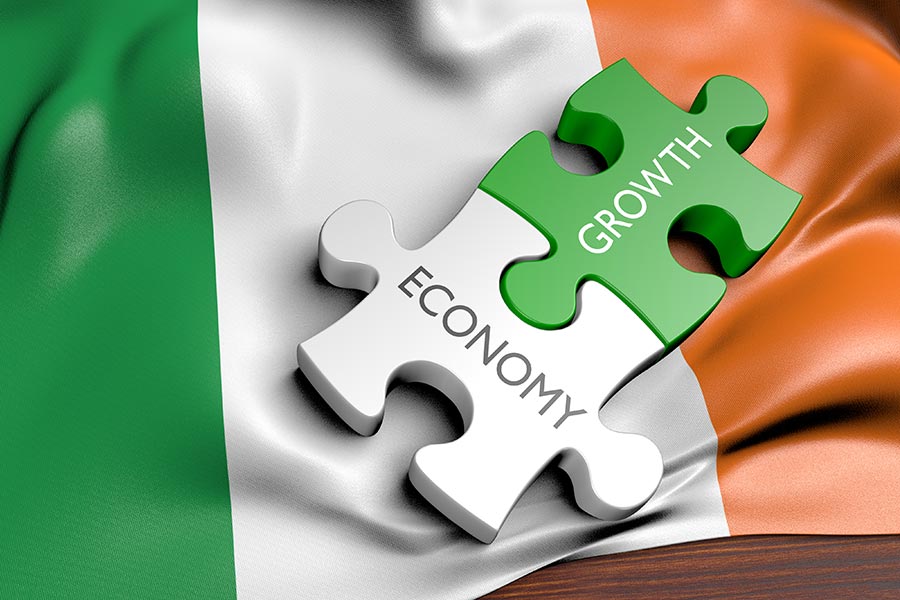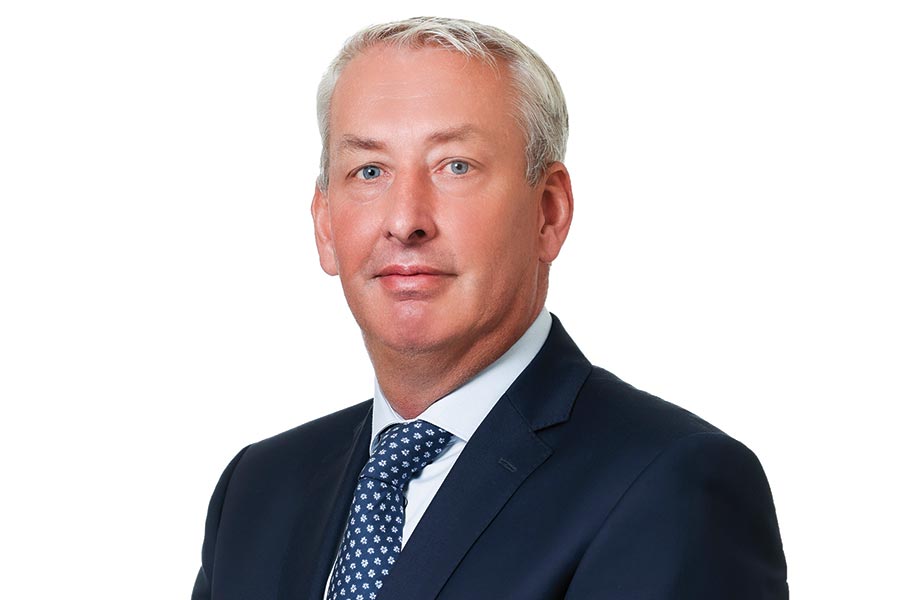The Central Statistics Office (CSO) has created a snapshot of life in Ireland in 2024 using data collated throughout the year.
The cost-of-living crisis had receded by August, with inflation falling to its lowest level for three years (1.7%) from a high of 9.2% in October 2022, and it has since settled at around 1%.
Energy prices continued to fall while rent and mortgage interest rose by 4.5% and 3.8%, respectively, during the first 11 months of the year, while the cost of eating out increased 5%.
The price of staple items such as 2.5kg bag of potatoes (+18c), two litres of full fat milk (+13c), a kilogram of cheese (+23c), and a pound of butter (+58c), all increased year-on-year in November
Employment reached its highest-ever level at 75.3% of the working-age population (15-64), and the youth (15-24 years) employment rate exceeded 50% for the first time since 2008 in Q3.
Average weekly earnings have risen in every sector of the economy over the past 10 years, and by an average of €279 or 41% from €676 in Q3 2014 to €955 in Q3 2024.
The largest percentage increase in average weekly earnings in the 10 years to Q3 2024 was in the information & communication sector, up by more than €630.00 (62.5%) to €1,656.40.
The second largest growth over the last 10 years was in the administrative & support service activities sector, where average weekly earnings rose by just over €270.00 (55.9%) to €754.29 to Q3 2024.
The sector where average weekly earnings have had the lowest percentage increase was public administration & defence, up by just over €230.00 (25.3%) to €1,142.32 in Q3.
In Q3 2024, our collective income was €44bn of which we spent €38bn and we saved €6bn.
Households in Ireland spent an average of €1,007.47 per week in 2022-2023, and increase of 20.3% of €170 from the last Household Budget Release in 2015-16 (€837.47).
Residential property prices continued to surge, rising 9.7% in the 12 months to October, putting the median average purchase price at €350,000, rising to €470,000 in Dublin.
There were 21,634 new homes completed during the first nine months of the year, a decrease of 3.1% from 2023 driven by a 17.7% drop in apartment completions.
Decreases in new dwelling completions were recorded in the regions of the mid-east (Kildare, Louth, Meath, and Wicklow) (-20.7%), west (Galway City, Galway County, Mayo, and Roscommon) (-14.7%), and border (Cavan, Donegal, Leitrim, Monaghan, and Sligo) (-7.5%) regions.
The largest relative increase was in the south-east (Carlow, Kilkenny, Waterford, and Wexford) (53.7%), with rises also in the mid-west (Clare, Tipperary, Limerick City and County) (45.8%), south-west (Kerry, Cork City and County) (33.5%), midlands (Laois, Longford, Offaly, and Westmeath) (17.4%), and Dublin (4.7%) regions.
Modified domestic demand, the government's preferred measure of economic growth, stripping out the effects of multinationals, rose by 3.1% in the first three quarters of the year compared with the same period in 2023.
Total goods exports for the first 10 months of the year increased €20bn or 13% year-on-year to €187bn, and chemicals accounted for two-thirds of Ireland's €123bn in exports during the same period.
Total goods imports for the first 10 months of 2024 were €110bn, which was just over €4bn lower than the same period of 2023.
Imports of machinery & transport equipment accounted for more than €45bn (41%) of total imports for January to October 2024.
Elsewhere, around 85% of internet users had used free apps in the first six months of 2024 and of those, 41% encountered difficulties when trying to close/delete the app.
In the 12 months to April 2023, 30,000 Irish citizens returned to the State while 34,7000 departed - a net outflow of 4,700 Irish nationals.

Finally, the population was estimated at 5.38m last April, up 98,700 form a year earlier, the largest annual population increase since 2008.
There were just over 1m children aged 0-14 living in the State, accounting for a reduced 18.8% share of the population, while the 833,300 people living here who are aged 65 and over accounted for a growing 15.5% share of the population.
(Pic: Getty Images)











